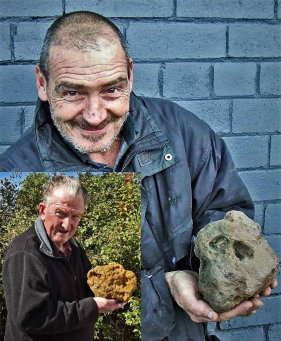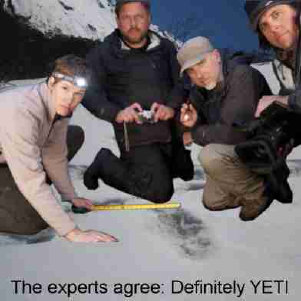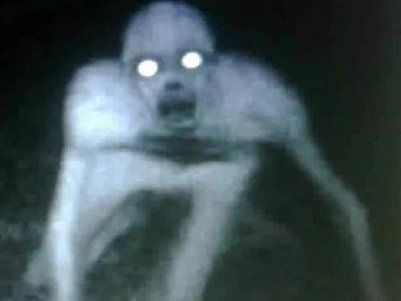JULY
Unusual events were reported in Tarzali on the north Queensland tablelands. An unidentified woman reported being forced to move
out from her family home in 2016 after encountering a chimpanzee-like creature, or perhaps it was three, one evening. That another
creature, a
strange humanoid gaunt and pale, was also present was added in a subsequent article along with some unusual details.
A
final article names the witness and contains even more unusual details.
Later that month, another unnamed family were reportedly
living
in terror and on the brink of moving out after being terrorized by a huge hairy figure seen moving menacingly close to their house
in the Gold Coast hinterlands. Fortunately, only the family's dog bowl was accosted after allegedly being hurled by the mystery visitor.
Was this the same Yowie or a similar one as reported in January? Investigations yielded nothing.
Audio of some large unknown creature was
recorded that same month and again in the Gold Coast hinterland. Wildlife expert and cryptozoologist, Gary Opit, said it was possible
the noise was the bellowing of cattle but thought that Yowie was a more likely explanation. The article erroneously identifies Opit
as a "zoologist." Similarly, in a
Yowie article written for online publication
Hominology Magazine Opit is erroneously identified
as an "Environmental Scientist." What is with cryptozoologists claiming phoney credentials?
Bush Tucker Man, Les Hiddins, lent support
to the Yowie by supposing they could be out there. Though never having seen one, himself, Hiddins has heard the stories and in north
Queensland once found a crude bed fashioned from palm fronds which resembled ones made and used by gorillas in Africa.





